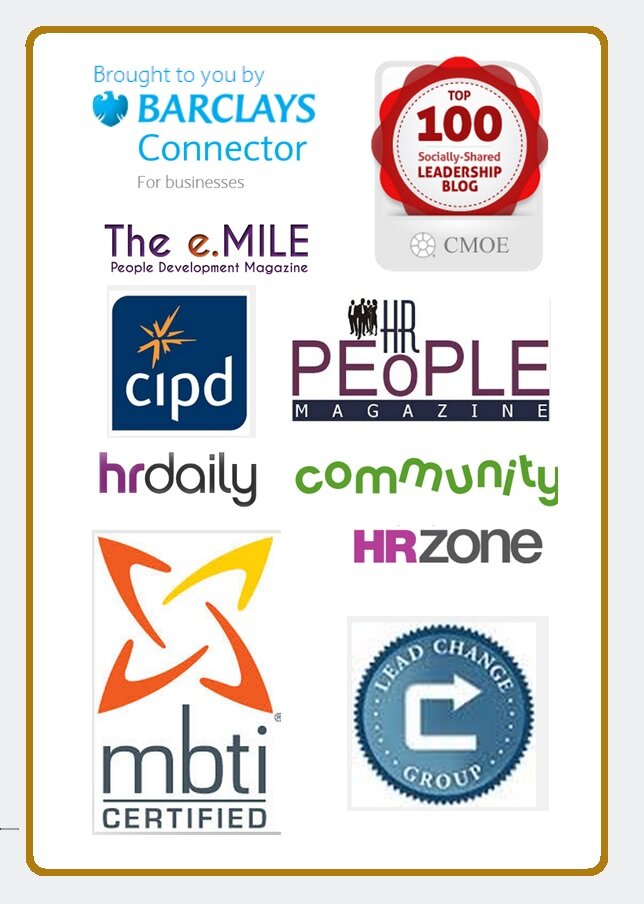 MBTI is an essential tool for you and your team.
MBTI is an essential tool for you and your team.
As a leader, manager or HR Professional, one of your foundational strengths is the depth of your own self-awareness and awareness of how other’s tick. You know the key to motivating people is being completely open and transparent and being able to be yourself, which in turn allows your team to follow suit.
One of the easiest and globally credible tools to develop self-awareness and understanding is Myers Briggs Personality Type Indicator (MBTI). Carl Jung, the great psychologist developed a model of personality type which was later refined by the mother and daughter team, Isobel Myers and Katherine Briggs.
One of the principles of Jung’s model, “Psychological Types” developed in 1921, was each person has an innate urge to grow. Part of our growing process is to learn how we individually operate, develop the parts of us that we need to learn more about, and learn about the people around us.
Understanding difference is a real people skill. Differences occur through cultural, physical and psychological factors. Mix this up with differing beliefs and temperaments, and no wonder managing and understanding people can be challenging.
In the UK, we have travelled some distance in identifying equality and cultural issues; the Equality Act 2010 takes that thinking even further. Some organisations are still learning how to get to grips with difference, and some excel. But I’m sure you will agree it is fair to say we always have room to improve.
When it comes to understanding psychological differences, we still have some way to go, but understanding such difference is important from a leadership or management perspective. Not only is it important; it is relatively simple to grasp.
If you’ve experienced MBTI, you may have found learning about your own psychological type a key starting point for self-development. Once you have an understanding of what makes you really tick, then your whole world will look different. Not only will it lead to greater self-acceptance, but it will also help you accept and value the differences of others.
Many leaders,managers and HR professionals are familiar with and use Myers Briggs extensively so I will skip going into more detail. If you haven’t come across the tool before, you can find out more about Myers Briggs on the link.
If you haven’t used Myers Briggs or you don’t feel you’ve fully realised the benefits from using the tool, here are 21 compelling reasons why you might want to look again.
Learning and understanding how each other tick can help to:
- Avoid and resolve conflicts
- Play to an individual’s strengths
- Identify gaps in the team
- Discover how your team style works best with customers
- Enable self-understanding and so reduce stress
- Help you learn to relax
- Aid career development
- Assist communication strategies
- Provide managers with the understanding to give effective feedback
- Inform personal development plan
- Work together more effectively
- Relate to each other with greater understanding
- Encourage true psychological diversity
- Support people through life transitions
- Inform your own and others decision making
- Develop thinking skills
- Develop emotional intelligence
- Identify and develop strengths and weaknesses
- Develop leaders, managers, teams and HR expertise
- Encourage team members to understand and appreciate different strengths
- Improve and change culture.
There are some circumstances where it can be dangerous to use Myers Briggs such as recruitment selection, judging performance or by making assumptions because of type indicators. The 8 elements of Myers Briggs can be used interchangeably, and people can be just as accomplished using their non-preferred type
If you have used personality type as part of your leadership, management, team development, or HR strategy; I’d love to know how you got on and what you got out of your experience……or not!
This great article is from the our 6 months themed series based on the Centre for Creative Leaderships Report of 2013, in which they identified the 6 top challenges for leaders across the globe: Don't Miss Out! Sign up here to be notified of subsequent issues and posts

If you are a leader, you are continually developing and "Sharpening the Saw". If you lead and manage teams, then you must read about our Inspirational New Leadership Programme. Sign up now to find out more details when we launch in July 2014. There is no obligation to undertake the programme, if you sign up today, you will simply be sent more information about the programme. You can unsubscribe at any time! Click below to register for further information.



 Authentic Leadership skills include learning from relationships.
Authentic Leadership skills include learning from relationships.

 Please, No More New Year resolutions – 4 ways to create change at any time
Please, No More New Year resolutions – 4 ways to create change at any time

